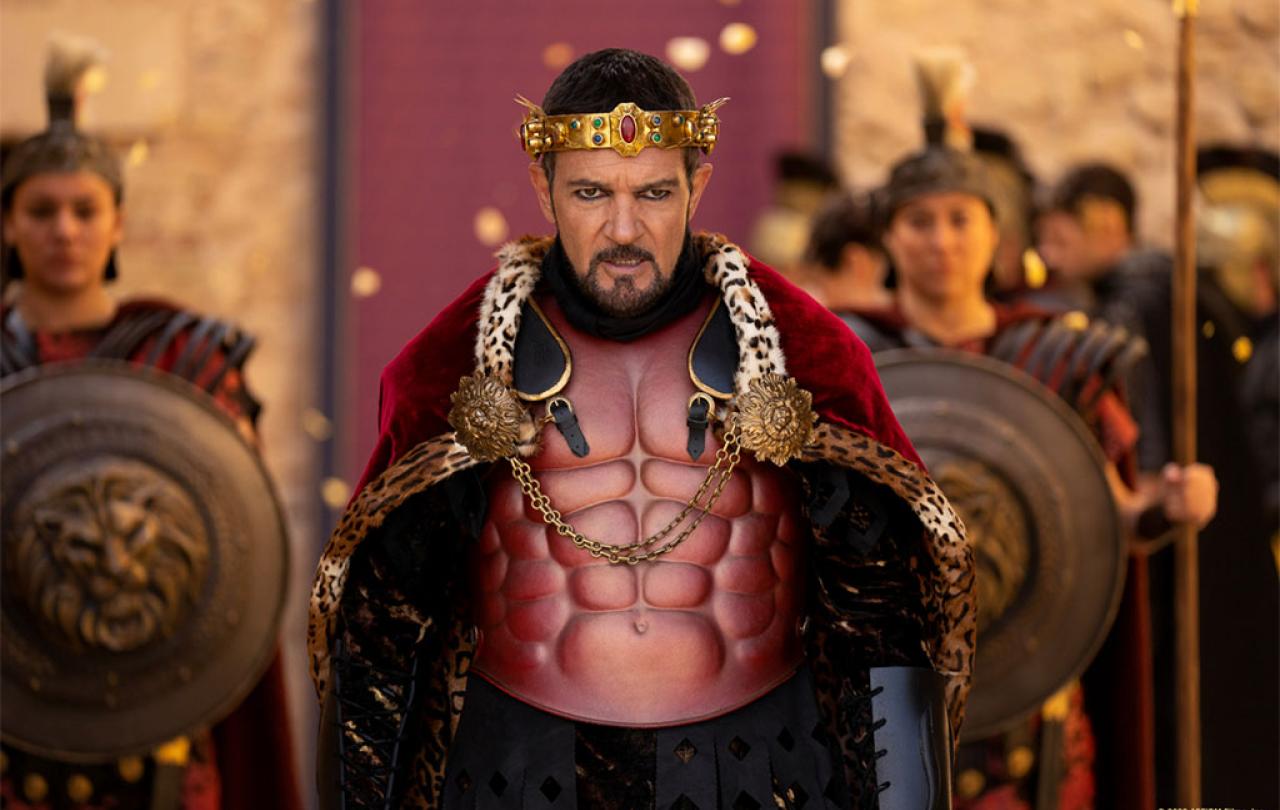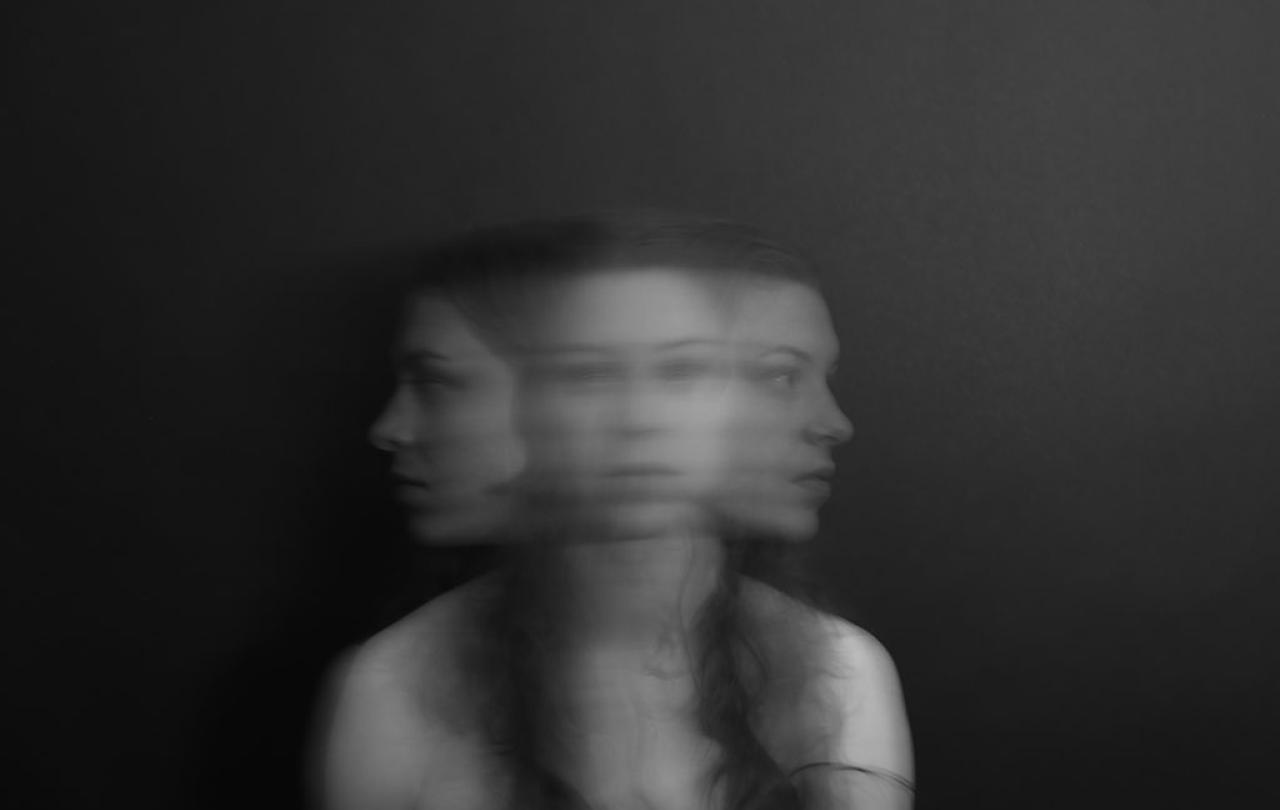In charting their respective philosophical and medical histories of anxiety, both Bettina Bergo and Cheryl Winning Ghinassi identify that the two trajectories, (that of ubiquitous human ‘angst’ discussed by philosophers and that of ‘anxiety’ as a bodily disorder) first become unified in the psychoanalytic movement that was popularised by Sigmund Freud. It should be noted that Freud was a student of philosophy before developing his theories about psychology. His extensive writing on anxiety contains much discussion of energies within the body, life force, eros and divisions within the self – themes which recurred frequently in the works of the philosophers discussed above.
Psychotherapy as a treatment did not develop until the early twentieth century, but there had been a long history of providing retreats or asylums for individuals suffering from anxiety, which by the eighteenth century had developed into an industry based around spas and mineral baths – although only for the fortunate minority who could afford it. By 1900, the “Weir Mitchell’s rest cure” was popular across Europe, combining bed rest, isolation, a milk diet, and massage. However, it was soon noted that rest cure proved most effective when there was a good relationship between therapist and patient, involving significant time spent in conversation – an early form of talking therapy.
Concurrently, some practitioners had also begun experimenting with hypnotism as a way to relieve symptoms of anxiety. (These practitioners included Franz Anton Mesmer, to whom the word ‘mesmerising’ owes its origin.) A young Sigmund Freud witnessed his more senior colleague, Josef Breuer, treating a young woman with ‘hysteria’ using hypnosis techniques. During the hypnosis sessions, the young woman revealed repressed memories of traumatic events from her earlier life.
Freud brought together these observations about talking therapy and hypnotherapy in this early psychoanalytic theory. He posited that the personality was comprised of three parts, id, ego and super-ego, which were in a state of constant conflict. The id represented biological impulses, whilst the super-ego represented one’s inner moral compass. The job of the ego was to mediate the conflict between the two. Focusing mainly on eros (as sexual desires), Freud theorised that where ego could not successfully mediate, for example for example if one was repressing one’s true sexual wishes and allowing the super-ego to dominate, this could cause a build-up of energy in the body, i.e., anxiety. Thus, he promoted sessions between therapists and patients that focused on uncovering repressed fantasies, memories, and dreams. As the twentieth century progressed, Freud’s psychoanalytic theory became increasingly popular, eventually eclipsing the treatment of anxiety as anything other than a purely psychological condition.
These days, Freud’s theories are often maligned as being rather too focussed on sex and sexuality. But, around the same time that Freud was developing his psychoanalytic theories, behaviourist Edward Tolman was discovering that cognition and rationality could affect stimulus response. Logically, therefore, he concluded that cognition could be trained to re-appraise threatening stimuli and react differently. This was developed into what is now known as Cognitive Behavioural Therapy (CBT), which is now the consensus approach to treating anxiety as a clinical disorder.
However, there are also chemical treatments for anxiety; they too have a long history. There is evidence of opium being in use by humans as early as 4000 BCE, and specifically for the treatment of anxiety since at least the 1500s CE. In the 1950’s it was observed that mephenesin, a drug in use as a muscle relaxant, could also relieve symptoms of anxiety. This led to a resurgence of interest in Thomas Willis’ idea that neurology and neurotransmitters played a role in anxiety disorders. What followed was the development of Selective Serotonin Reuptake Inhibitors (SSRI’s), which are the most commonly used anti-anxiety medication today. The disadvantage of SSRI’s and other medicated approaches to anxiety is that symptoms usually return as soon as the medication is stopped, thus the use of drugs is often combined with other types of therapy such as CBT.
A record number of people in the UK are now being treated for anxiety in these ways, probably more than official statistics can count, given that many self-refer to private providers of CBT and other talking therapies. Is this because we live in more anxious times? It actually may be so. As we observed at the start of this discussion, anxiety plays a role in human social ordering, and theologian Paul Tillich was one of several European thinkers who, in the aftermath of the second world war, observed than when the structures and moral frameworks of a society start to shift and realign, people become more anxious about life, death and everything in between. This, he proposed, is because anxiety can put “frightening masks” over people and things, that make them appear more threatening than they really are. If anxiety is telling us to pay attention to the social order and hierarchy around us, but at the same time the structure of that order and hierarchy is unstable and untrustworthy, then anxiety roams untethered to a clear course of action, causing all manner of mischief in both the body and the mind.
Is social order and hierarchy unstable in twenty-first century Britain? Trust in politicians is certainly at an all-time low. We only have to open a newspaper to read that the COP conference was probably blah, blah, blah and yet another high-profile public figure is being investigated for sexual misconduct or fraud. Whether there is a direct link between this, and the rise of people being diagnosed with anxiety disorders is a tricky call to make – we can’t assume that correlation always equals causation. Furthermore, rigidly stable and strongly hierarchical social orders tend to end up as dictatorships, and we surely don’t want to go there. But it may be worth considering what we can do on a micro-level, looking at our own families, friends and immediate social networks. There may be people who are really struggling, their bodies full of uncomfortable sensations, their minds imposing frightening masks onto ordinary people and things. Perhaps Aristophanes was onto something – not that sex is the answer (remember, he was full of wine, and this was ancient Greece) – but that human connection, embrace, be it physical or emotional, may be what that anxiety is ultimately striving towards.


